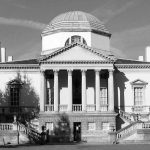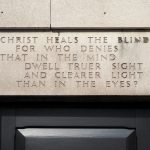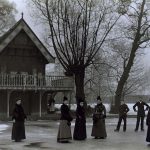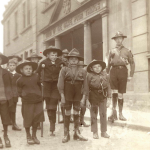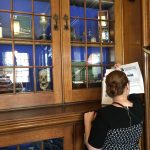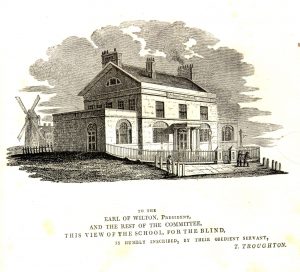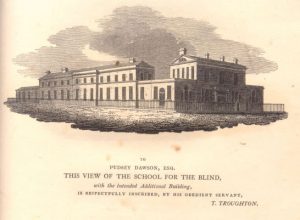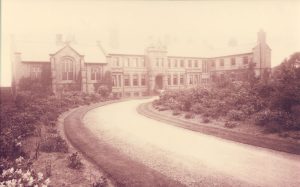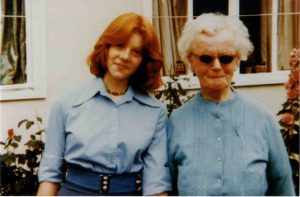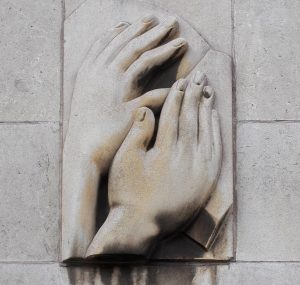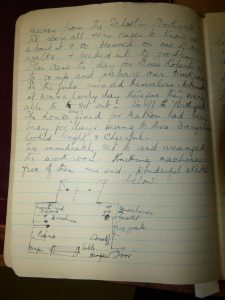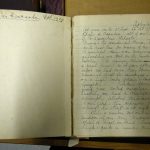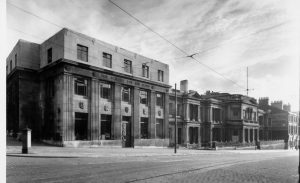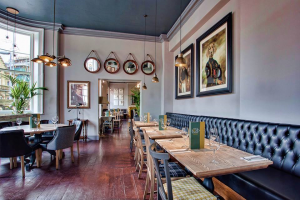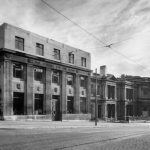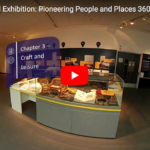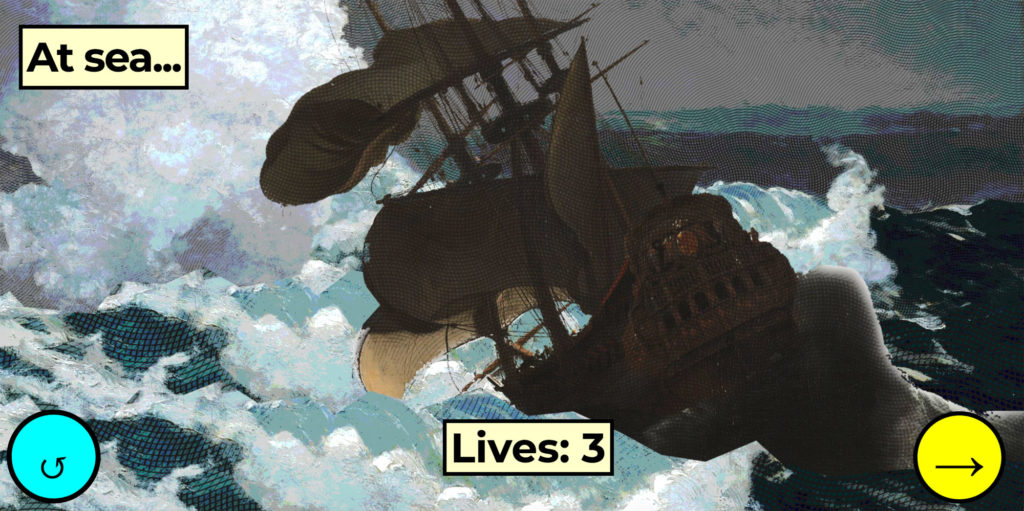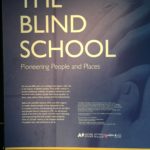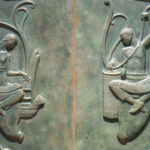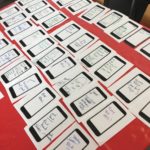The Liverpool School for the Indigent Blind was founded in 1791 by Edward Rushton and continues to run today as the Royal School for the Blind. It was the first such school in Britian and the second to be founded in the world.
Rushton was a remarkable rights campaigner: apprenticed to a slave ship aged 18, he opposed the brutal treatment of the captured Africans and was accused of mutiny. He contracted the ophthalmia which blinded him from the infected captives. Realising the poor treatment and life chances of many less wealthy blind people, he founded the School to offer training and skills.
From 1851, the school occupied a neo classical building on Hardman Street, which was later extended.
Play our interactive game and follow Blind School founder Edward Rushton through his early life
Start the game here to follow Edward Rushton from the experiences on a slave ship that made him a lifelong abolitionist, to his time in 18th century Liverpool. Can you make the right choices to enable him set up the first Blind School in the country?

